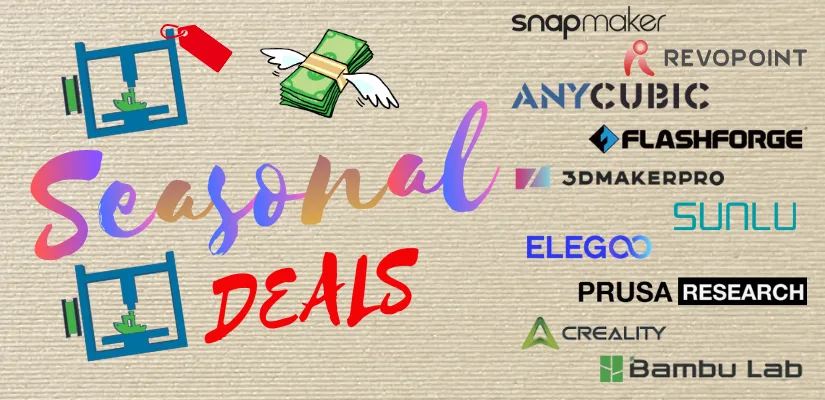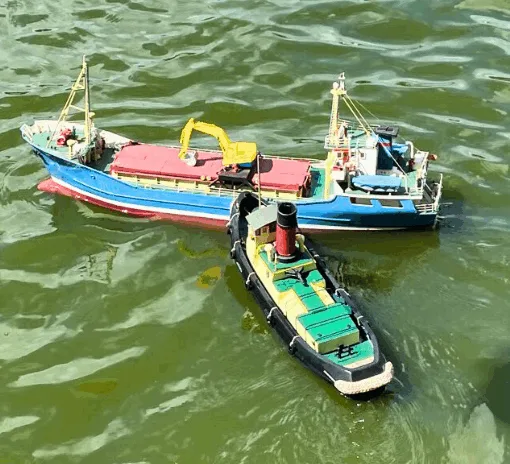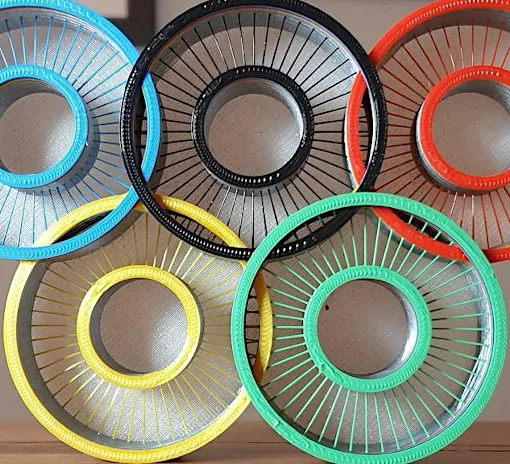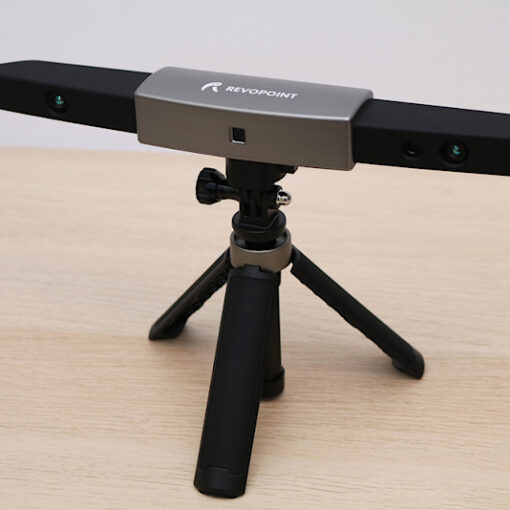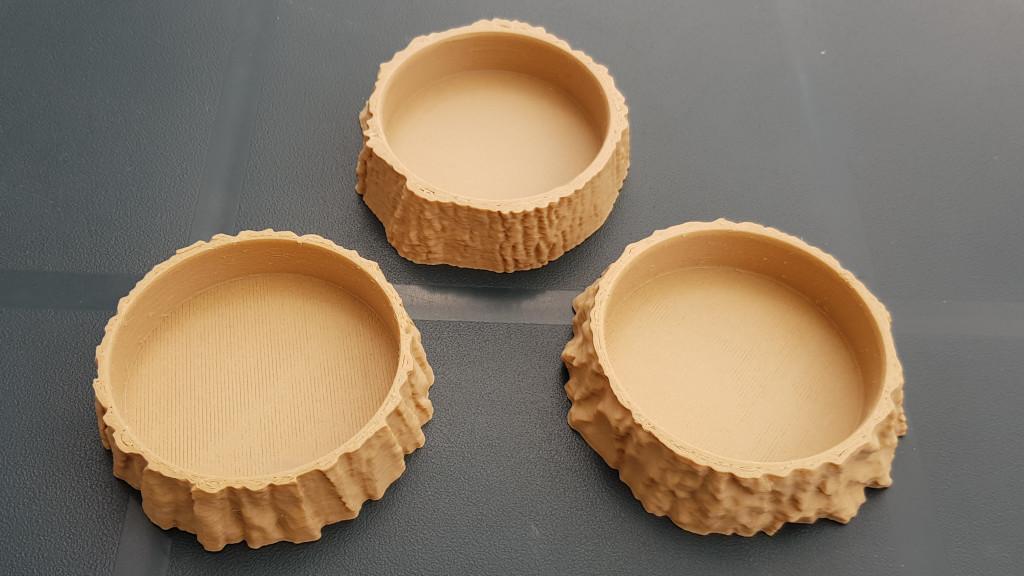Throughout the years we have seen various applications of virtual reality in many areas of our lives, and in culture, museums were pioneering adoption of this technology in the form of VR museums. In this article, we will look at a few success stories, understand the volume of work involved and have a little glimpse into the future.
Table of Contents
- What is Virtual Reality?
- VR Museum Tours & Rooms
- Gaming Platforms
- Yoshitaka Amano’s VR Museum
- Metaverse and 3D Worlds
- 3D Scanned Historical Heritage
- Conclusion
What is Virtual Reality?
Virtual reality (VR) is a simulated experience that can be similar to or completely different from the real world. Applications of virtual reality usually entertainment, education, and business such as virtual meetings. VR-style technology include augmented reality (AR) and mixed reality (extended reality or XR).
Source: Wikipedia
VR Museum Tours & Rooms
– VR Room. In 2018 the National Museum of Natural History in Paris opened the Cabinet of Virtual Reality. HTC Vive systems produced a controlled environment where the visitors, in groups of 5, could move around and view rare species up close and learn about the links between species.
– Virtual Tours. National Museum of Natural History in Washington offers online Smithsonian Virtual Tours, which are easy to access via most common browsers. Visitors can wander around the museum looking at the exhibits and learning from the installations. One can also enter the rooms with the exhibits that have been on display in the past.
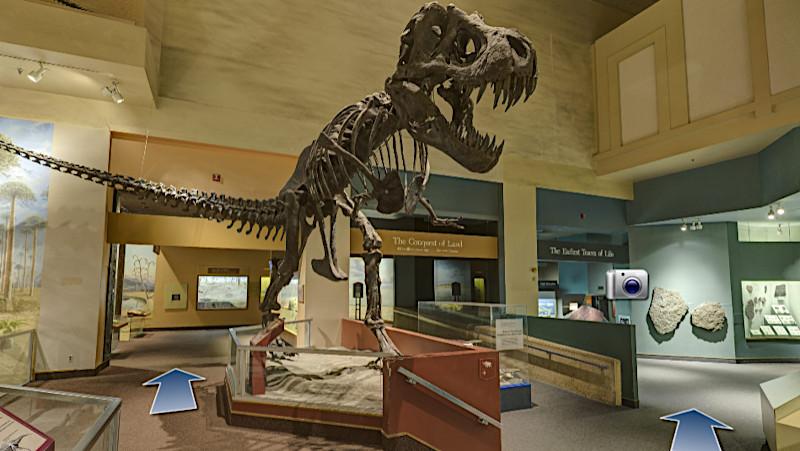
(Screenshot: Smithsonian MNMH)
– 360° Tours. Back in December 2015, the London Natural History Museum opened an amazing tour in a virtual underwater vehicle exploring the treasures of the Great Barrier Reef. Together with Sir David Attenborough, the visitors took a journey into the most extraordinary wonder of the planet. Now available on Meta Quest.
There are a few limitations for using virtual reality in physical venues, however. The costs involved in the production and maintenance of such installations may be high. There is the inevitable regular replacement of the broken VR equipment to take care of. Hygiene is another aspect to take into consideration. VR sets must be cleaned after each use.
Gaming Platforms
Virtual museum tours have soon enough become available through the gaming platforms, like Steam’s VR Museum of Fine Art released in 2016 or Art Through Time released in 2020 for Oculus Rift owners. Such tours are attractive from the accessibility point of view. They give “visitors” an opportunity to wander among exhibits and interact with them from the comfort of their own homes.
Yoshitaka Amano’s VR Museum
But art is not always about ancient sculptures and old paintings. Modern art finds its way into the virtual museum space, too. A unique project has been launched on a crowdfunding platform – Yoshitaka Amano’s VR Museum. At the moment of writing this article, with 17 days to go, nearly $96,000 has been already pledged.
Amano is a renowned artist, one of the original illustrators of Final Fantasy. His project fascinates with its scale. 100 2D artworks have been recreated as 3D models. It took Amano and the development team 1 full year from the start day to bring the project to Kickstarter. An international production team was comprised of the media, IT solutions, and XR technology specialists from Japan, Hong Kong, and Taiwan. Transforming 2D art into 3D is not straightforward and requires imagination, alongside the technical skills. One of the murals took 200 hours to become a precious piece in this virtual museum.
Amano’s 3D artwork comes in 4 different 3D forms: as a relief, a window, a mural or a 360° sculpture, and all can be enjoyed from a mobile phone or a PC, not only with a VR set. This makes this museum accessible for a large audience with different budgets.
2D to 3D transformation (MP4: Yoshitaka Amano’s VR Museum)
Metaverse – Natural 3D Worlds for VR Museums
“A metaverse is a network of 3D virtual worlds focused on social connection.” – Wikipedia
Various themed VR Museums could be just one of the many spaces in metaverse universes.
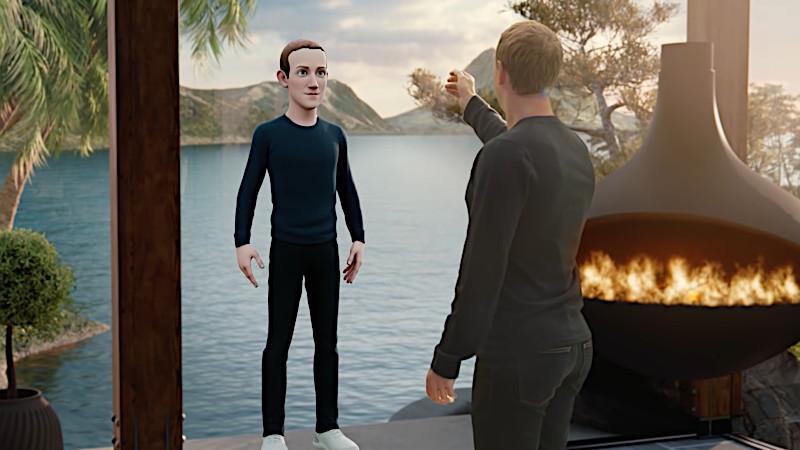
(Screenshot: Meta)
Generally, metaverse-like ideas are good news for 3D designers. Not only museums, but all possible virtual social venues would need proper outfitting and decorating. Software developers and 3D designers would be busy with creating interactive spaces, filling them with 3D art, household equipment, fixtures, and inventive features, any of which may include NFT. The amount of work would be vast.
We have already noticed an increase in hiring 3D designers in companies that traditionally are not related to the 3D area. Often such a move is for marketing/advertising purposes, to approach the new generations who grew up alongside gaming and for whom virtual 3D objects are more familiar than real-life objects.
The other driver is, apparently, companies don’t want to be left behind if metaverses will become a BIG thing. Imagine every big and small company having their own virtual headquarters created with the most wanted 3D and developer skills and passion.
3D Scanned Historical Heritage
There are vast online collections of 3D assets with historical significance. MyMiniFactory’s Scan the World has been accumulating cultural artifacts and sculptures that can be 3D printed and are free to download. Sketchfab’s collections are not 3D printing-specialized and comprise a wider scope of assets, from paintings to architectural objects with a range of price tags.
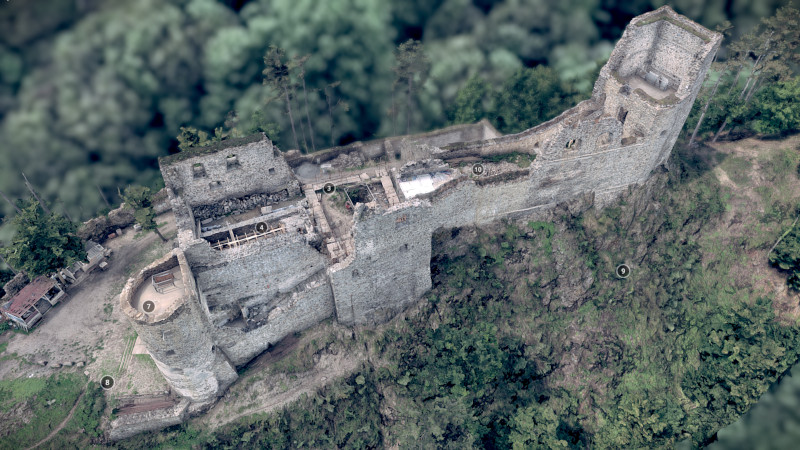
(Screenshot: Overhead4D)
Exploring these 3D assets, we think that technologically we are close to incorporating such remarkable sites into VR venues.
Until then here is an interesting example where 3D scanned (using a drone!) historical places may be learned in form of the VR game. Puzzling Places – is a VR puzzling game where participants put together 3D miniatures of beautiful places around the world.
Conclusion
As the virtual reality possibilities expand with the advancement of software, virtual museums could become more and more popular. Accessibility of the online solutions brings the learning process into the classrooms or into the homes of those with limited mobility.
Although converting 2D art into 3D objects is currently laborious, it will also improve and accelerate adding value to any virtual space imaginable.
Collecting 3D scanned historical objects is a very important initiative and may be invaluable for future generations in the scenario of the originals’ deterioration or loss. For now, these have other uses, like in the virtual museums or metaverses.
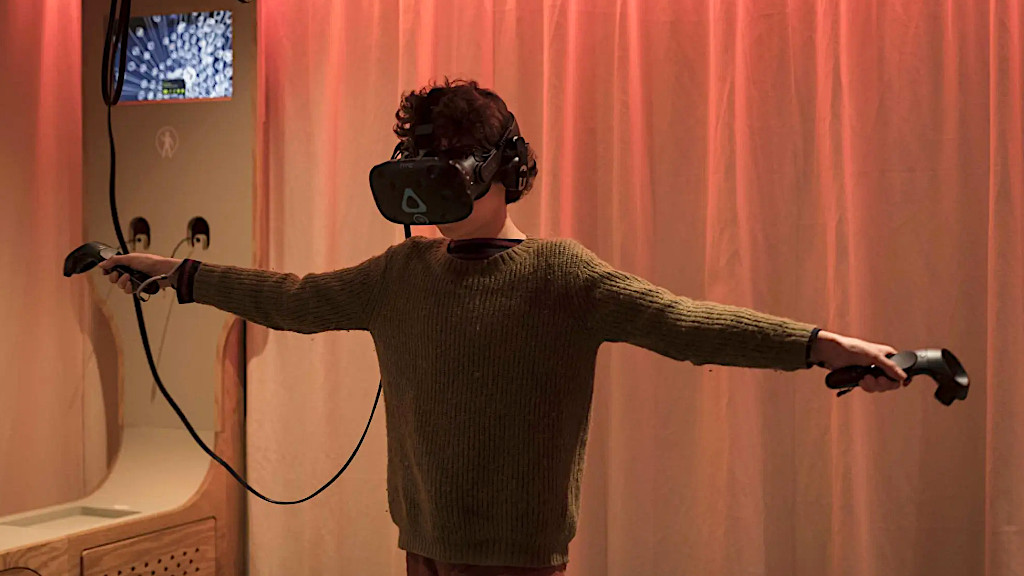
(Image: MNHN – A. Iatzoura)
Related: 3D Technologies in Olympic Games
The Olympic Games happen every 2 years and it is hard not to get involved. Let’s list and review some of the developed and emerging 3D technologies and see if one of the greatest events on Earth can give 3D designers ideas and inspiration for future projects.

